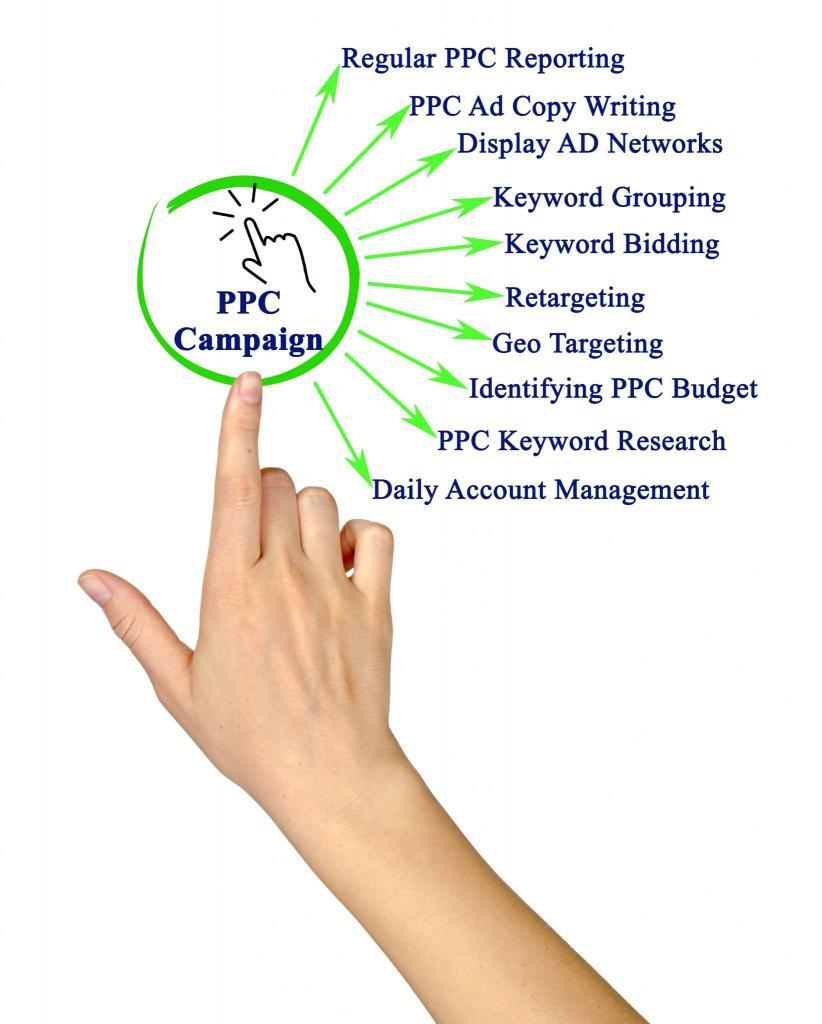
It’s 2022 and you know – or you think you know – PPC (pay-per-click) campaigns work for small to mid-size businesses. You’ve seen the numbers and it’s true: PPC campaigns can be a tremendous success. They can also be abysmal failures.
A PPC campaign is not something you dive into without understanding the water. You might get lucky or you might hit your head on a rock. To learn how to manage a PPC campaign takes time and patience. Trial and error plus testing is also part of the patience mix.
How to Manage a PPC Campaign for Best Results
Pay-per-click (PPC) advertising can be an effective way to drive traffic to your website quickly, but small businesses too often make mistakes that undermine their campaigns. –Entrepreneur
PPC lead generation is powerful! How can you best harness that marketing energy while riding it to success? Developing your PPC campaign is the first step. Here are some tips to help you learn more about how to manage a PPC campaign:
Keywords Matter
You can’t depend on your internet visitors to hit your keywords if they are too specific. But if you opt for “broad match,” your ad(s) may appear in the wrong places. They can trigger irrelevant clicks from the wrong customer demographic.
Broad match keywords can increase exposure, but can also bring “irrelevant traffic,” says Entrpreneur. Dealing with irrelevant traffic can cost time and money. Focus on phrase match keywords (“animal hospital near you”) or exact match keywords (“[veterinarian]”).
Go Negative, Too
According to Forbes, “Negative keywords are keywords that are semantically similar to your target keyword, but irrelevant to your advertising.” You can integrate negative keywords into your PPC campaign that may slow or eliminate irrelevant traffic plus reduce ad spend and cost per lead.
A good example would be an ad for clothing repair. Negative keywords would be “needle and thread” or “scissors,” because you sell clothing repair service, not clothing repair scissors or products.
Measure. Every. Click.
Never launch an ad without first having a measurement in place. It’s easy to set up and it’s extremely difficult to go back in time and try to recoup lost data if you don’t set it up out of the gate. –Jordon Meyer
The fundamental premise of How to Manage a PPC Campaign 101 is to eliminate guesswork. That’s the beauty of PPC. This is the most effective way for your account to measure CPL (cost per lead), ROAS (return on ad spend), and ROI (return on investment).
Integrate PPC and SEO Strategies
Search engine optimization (SEO) when combined with a PPC campaign is a powerful multichannel marketing approach. This ups your odds of bringing more relevant traffic to your website. Both organic and paid traffic work together. Again, put the proper analytics in place so you know which marketing channel generated what customer response.
Ensure Your Landing Pages Match Your PPC Ads
If your PPC customers click-through to a landing page that doesn’t support your ad campaign, they may get lost and you might get lower ad quality scores. That means you’ll get less and more expensive traffic than other advertisers while paying more per click. Your landing pages must be relevant to both your keywords and your ad copy.
Do You Have Close Competitors? Measure Impression Share
An impression share is a compilation of your PPC campaign’s advertising budget, bids, and quality scores. It can tell you where you stand with your competition. A perfect impression share would be 100%. That would mean that your PPC ad appeared every time there was a search. If you pop up in 7 of ten searches, your impression share is 70%.
Your USP and CTA Should Be Compelling
A CTA (call to action) is just that! Your potential customers have responded to your USP (unique selling proposition) by clicking through to your landing page. Your ad copy/content has captured their attention. You may have to experiment with CTAs to see what seems to generate the most conversions. Phone calls or lead form submissions are two great examples.
Depending on your audience, your use of exclamation points and vocabulary throughout the ad may vary. But the CTA should most certainly appeal to your targeted demographic in such a way they feel compelled to take the next step. Limit your CTAs. One or two is best.
Invest in Knowledge, Experience
If you can’t afford mistakes, you’re not alone. Most organizations must carefully weigh their expenses and budgets are tight for every department. That’s why you can save time and money on how to manage a PPC campaign by teaming with Atkins Marketing Solutions.
Call 714.904.4453 today to discuss your marketing challenges and goals for 2019. What we already know, you haven’t got time to learn. Working faster together, we can build your marketing strategy for success.
Stuart Atkins


Leave a Reply